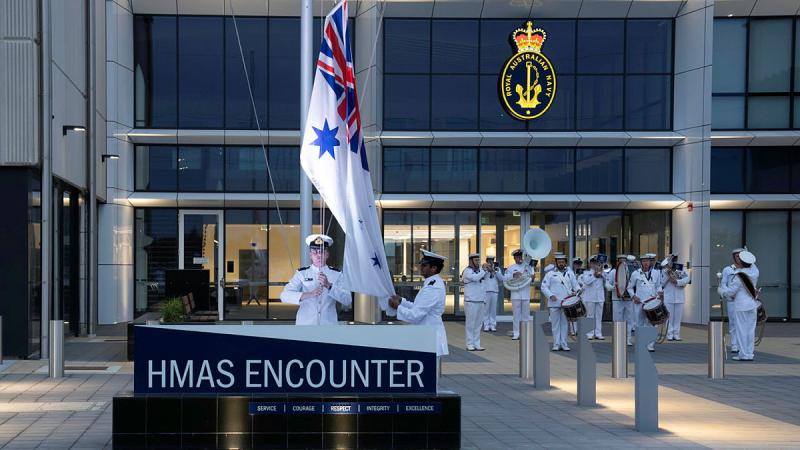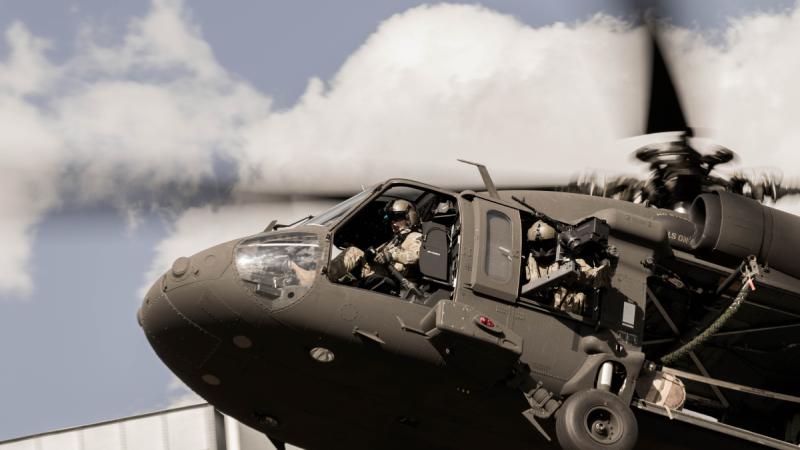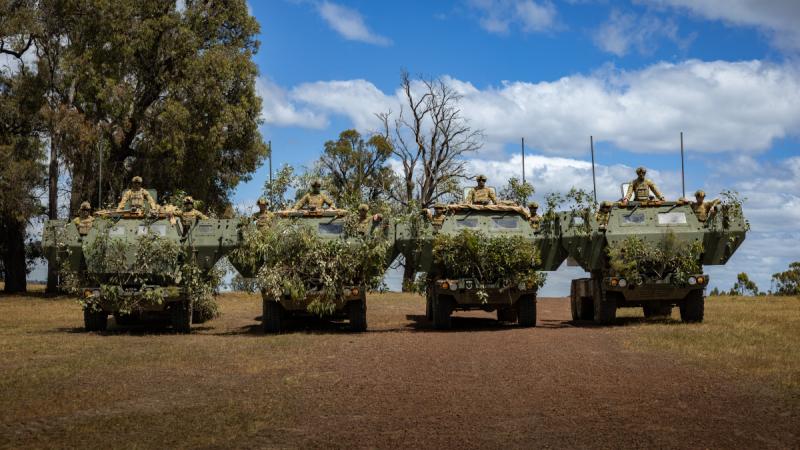3 December 2021
Army has taken a step closer to making the interaction with robots a regular occurrence for soldiers in the field.
Land Capability Division’s Robotics and Autonomous Systems Implementation and Coordination Office (RICO) has trialled small remotely guided ground robots, known as RGVs, with the 1st, 2nd and 3rd Combat Engineer Regiments.
The four-week trial assessed, at unit-level, the potential of RGVs to enhance situational awareness for Force Elements, particularly in confined spaces, areas contested by unmanned aerial systems (UAS), or in GPS-denied environments.
Director RICO Colonel Robin Smith said Army continued to move forward with disruptive technology.
“The use of small robots is an important step in our goal of harnessing cutting-edge technology in order to be ready to face whatever challenges are heading towards us,” Colonel Smith said.
The evaluation was conducted in November through a “learn by doing” approach, with RGVs employed in the full range of combat functions and directed tasks to examine their utility, force protection and efficiency compared to existing surveillance and reconnaissance methods.
Commanding Officer of 3rd Combat Engineer Regiment Lieutenant Colonel Ken Golder said robotics was a very real game-changer for the way Army will do business and fight in the future.
“Robots will have a big influence on how we operate, such as helping to keep soldiers out of harm’s way,” Lieutenant Colonel Golder said.
“That’s one of the big advantages we will reap, through greater situational awareness coupled with improved force protection.”
The month-long testing and evaluation trial was held in combination with routine training activities across the full range of combat functions and directed tasks, to examine the RGVs’ capability relating to force protection and efficiencies compared to existing surveillance and reconnaissance methods.
Testing and evaluation included dense vegetation and dead ground, which inhibits UAS use, along with culverts and tunnels, plus deception, reconnaissance and demonstration tasks.
The evaluation identified potential user case scenarios, and will inform user requirements of future robotic and autonomous systems being considered by Land Programs.
The evaluation also demonstrated potential TTPs using RGVs, and demonstrated potential future operational force structures that will be required, particularly in terms of skills, training and workforce considerations necessary to employ the systems.
To view more photos visit the Defence Image Gallery.


